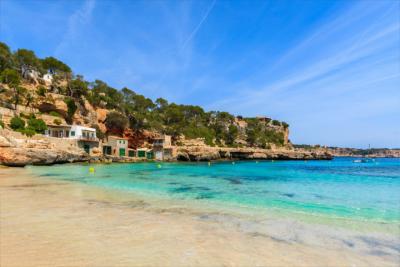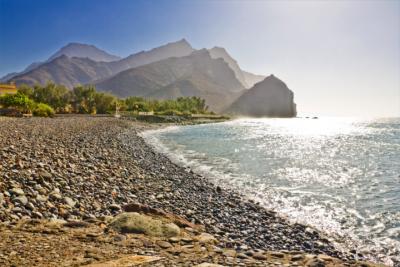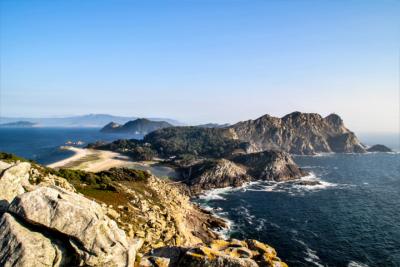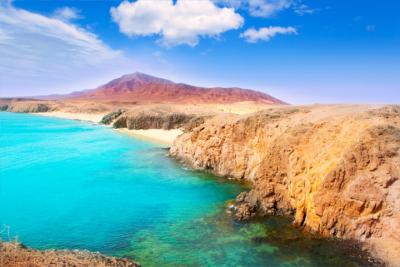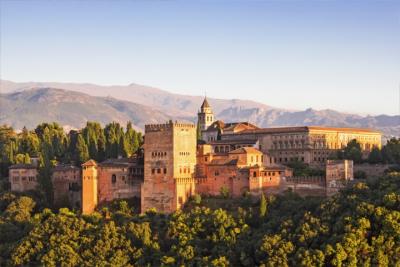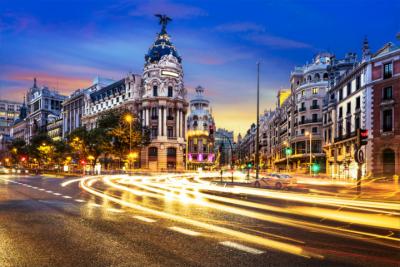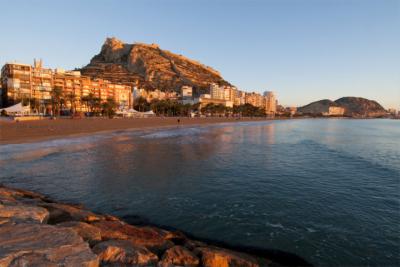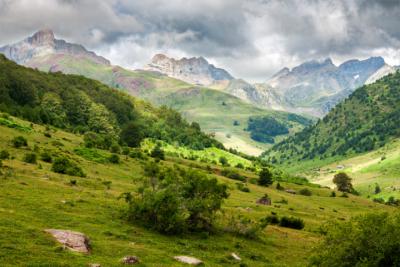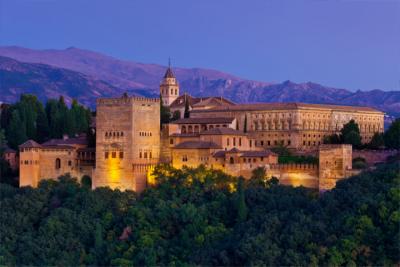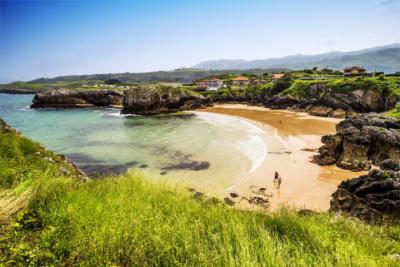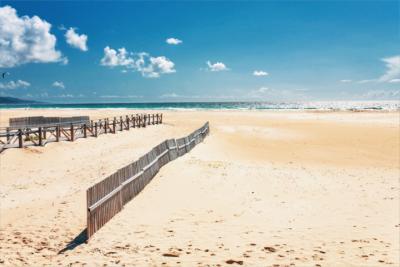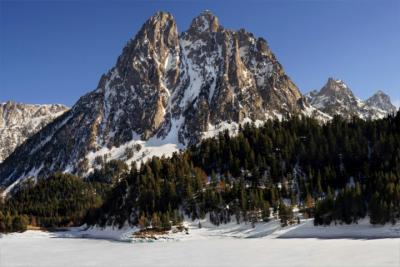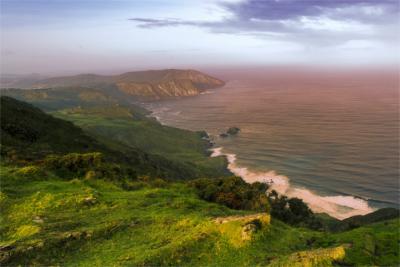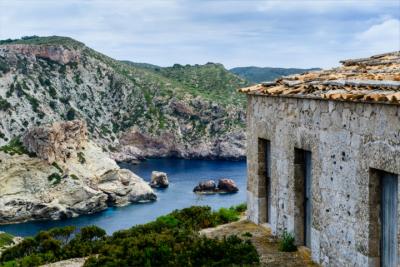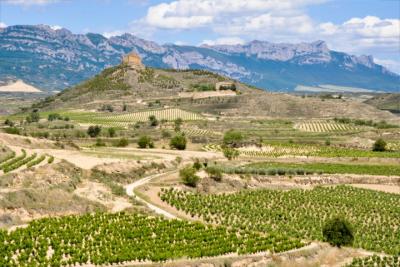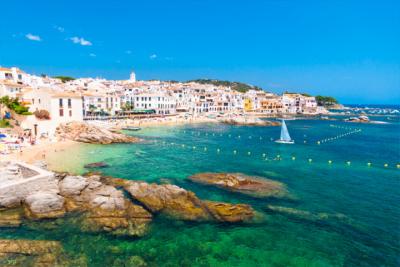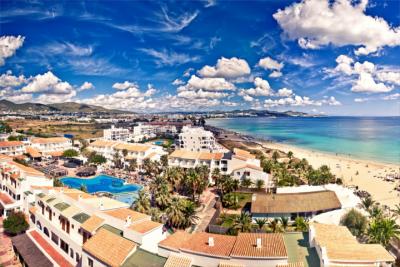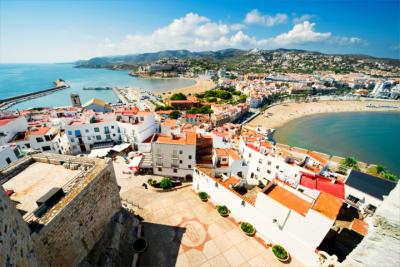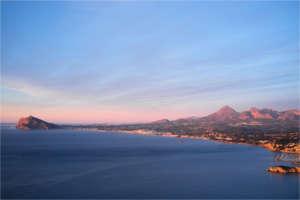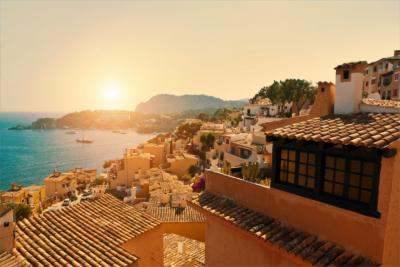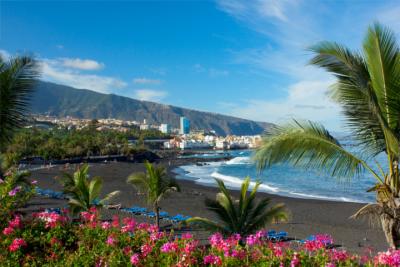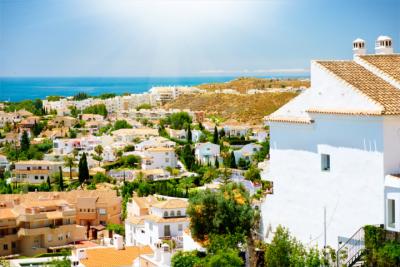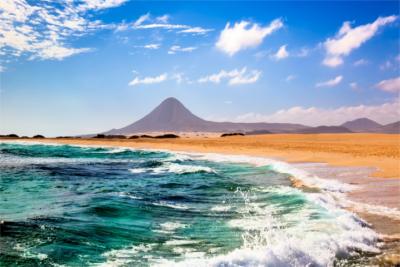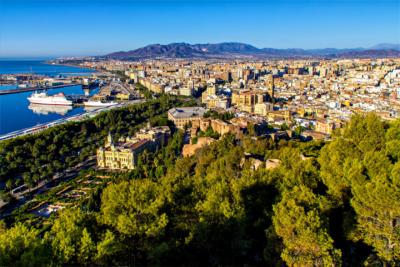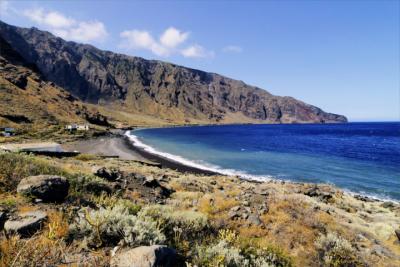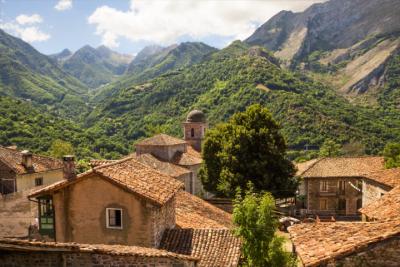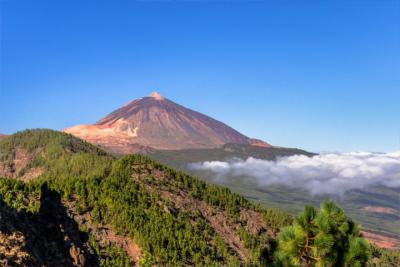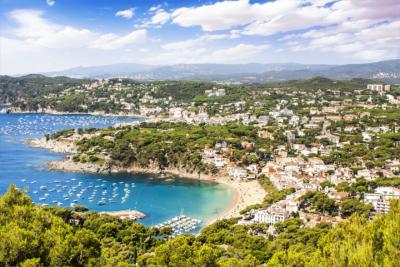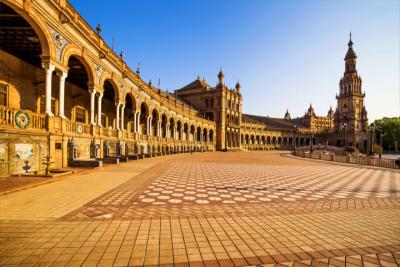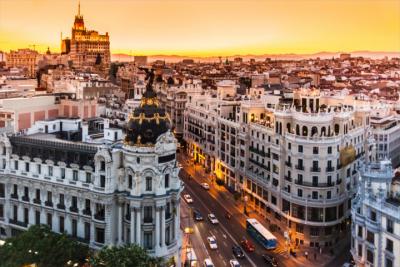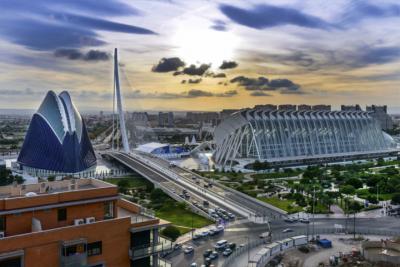Travel Offers
Travelmyne Featureprint
Distance
Galicia – A Harsh and Green Coastal Landscape
Galicia does away with clichés of the country and is the destination of many pilgrims and believers. Impressive coasts with estuaries, a lush green vegetation and time-honoured historical towns fascinate travellers on their way through this green part of Spain.
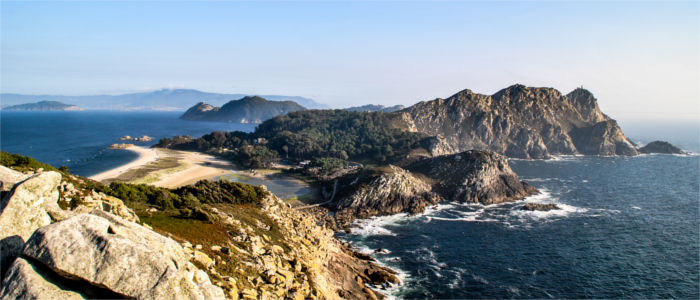
Geography - The Spanish region with the highest precipitation
Galicia lies in the north-west of Spain and is one of the country's 17 autonomous communities. It can be divided into the four provinces A Coruña, Lugo, Ourense and Pontevedra and its capital is Santiago de Compostela. The community has an area of 29,574 km² and borders on the Cantabrian Sea in the north, the Atlantic Ocean in the west, Portugal in the south and Castilie-León as well as Asturia in the east. Galicia is characterised by an evergreen vegetation, scenic coasts and high mountain chains. Its highest peak is the Peña Trevinca with a height of 2,127 metres. The region's climate, which is greatly influenced by the Atlantic Ocean, is very mild and humid. Mild to temperate summers and winters with high precipitation are typical of this region. With about 150 rainy days per year, Galicia has the highest precipitation in the whole of Spain.

Nature - A green coast with long estuaries
Due to the humid and mild Atlantic climate, Galicia is always green and rich in vegetation. After all, Galicia's coast is part of the famous Costa Verde (green coast). The Galician coast constitutes almost a third of all Spanish coasts with a length of about 1,659 kilometres (800 km of cliff coast and 300 km of beach). The region's coastal parts are characterised by long estuaries (rías), which are often compared with the fjords in Norway. But they differ from each other in several points. While the fjords are relatively steep and deep, the rías display less depth and did not arise from glaciers - like the fjords did - but from river valleys. In this way, freshwater mixes with the sea's salt water, so that seafood and mussels can grow or be grown on rafts here. The estuaries are divided into the Rías Altas (Upper Rias) and the Rías Baixas (Lower Rias). The latter range from the Cape Finisterre to the border of Portugal. The Rias Altas, on the other hand, expand from Ribadeo to A Coruña and rise quickly - in contrast to the Rias Baixas. You also find the highest cliffs (620 m) in the whole of Europe in this region, in San Andrés de Teixido near Ferrol. Galicia's greatest ría ,the Ria de Arousa, has a length of 37 kilometres and a depth of 69 metres and is a part of the Rias Baixas. You can see the most northern point of Spain, the Punta Estaca de Bares, and the three Cíes Islands in the Atlantic Islands of Galicia National Park. This park also contains crystal clear, turquoise blue water, countless fish, colonies of water birds and fine beaches with white sand. Furthermore, the Playa de Rodas on the Cíes Islands is said to be one of the most beautiful beaches on earth. The high mountains, which separate the region from the rest of Spain, and the vast forests in the green and well-watered heartland are also characteristic of Galicia's nature. They partly consist of planted eucalyptus and conifer trees and constitute about 30 percent of all of Spain's forests.

Culture - Pilgrimage site and the end of the Western world
The name "Galicia" traces back to the Celts, the Gallaeci, who settled the region in the 7th century BC. In the course of the centuries, the Romans (135 BC), the Suebi (409 AD) and the western Goths (585 AD) also populated the present-day territory of Galicia. The region was, however, spared from the rule of the Moors. The discovery of the bones of the apostle Jacob in the present-day Santiago de Compostela in 813 was a significant historical event for the region. This archaeological find caused the town to become a pilgrimage site, which attracted countless devout Christians from all over Europe to come to Galicia using the Way of St. James and is the third most important Christian pilgrimage site today. The foundation of the famous cathedral of Santiago de Compostela was laid in 1075. This sacred building is still the destination of many pilgrims and tourists as well as a testimony of the Romanesque era. Other Romanesque structures are Ourense Cathedral, Lugo and Tui, the monastery of San Salvador de Celanova as well as the monastery of Oseira in the province Ourense. The town walls of Lugo as well as the Tower of Hercules (Torre de Hércules) - a Roman lighthouse and the oldest worldwide which is still operated in the province A Coruña - are remains of the Roman Empire. Lighthouses are generally common in Galicia. Another well-known example is the lighthouse at the Cape Finisterre - the end of the Western world, at least according to medieval perceptions - which is 17 metres high. The Romans, Celts and former pilgrims strongly believed that the world ended at that point, which is the reason why many pilgrims see the cape as the end of the Way of St. James and burn their clothes there to clean their soul. The Cabo Finisterra is located at the Costa da Morte (Coast of Death), which owes its name to the many ships which were wrecked here.

Experience - Pulpo galego and empanadas accompanied by traditional bagpipe music
The Galician cuisine offers a great variety of delicacies. Due to the proximity to the Atlantic Ocean, many local dishes contain fish, seafood, crustaceans and conchifera. One well-known dish is the pulpo galego, a stew made of chopped, cooked octopus. The dumplings empanadas are equally popular. They consist of Galician bread which is stuffed with peppers, tomatoes, onions and - depending on the recipe - tuna, seafood or minced meat. Holidaymakers who have a sweet tooth will enjoy the Tarta de Santiago (cake of St. James). Several pilgrimages, gastronomic festivals, certain traditions and numerous local celebrations take place in Galicia every year. Examples are the Feast of St. James the Apostle in Santiago in July, which is also the Galician national day, the Fiesta da Virxe de Guadalupe de Rianxo in September, which is one of the region's best-known and oldest celebrations, as well as the Fiesta de la Reconquista in Vigo in March, a celebration of the city's reconquest. Many public festivals are accompanied by traditional Galician music, which is played on bagpipes, hurdy gurdies, drums and harps.
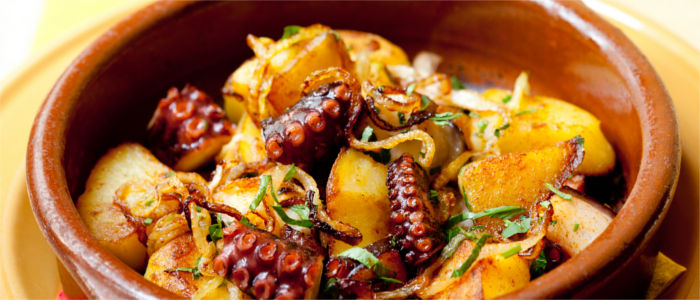
Activities - Spa resorts and hiking paradise
Travellers can do different kinds of leisure activities in Galicia's untouched nature. On the one hand, the scenic coasts offer great conditions for water sports like swimming or diving. On the other, the mountains invite visitors to go hiking, mountain biking, climbing and horseback riding. You can also go golfing at almost any time of the year because of the region's pleasantly mild climate. Those who are looking for relaxation definitely get their moneys's worth in Galicia. 19 thermal baths, several spas and pleasantly warm healing springs make it possible to have calm and stress-free holidays.
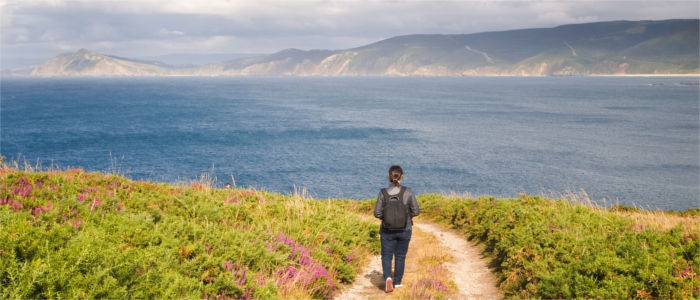
Information
There are three airports in Galicia: in Santiago, A Coruña and Vigo. From Madrid you can also arrive by train or rent a car. The population speaks Spanish but also Galician, which is more similar to the Portuguese than to the Spanish language. Galician has been the region's second official language since 1981.
Galicia is the ideal holiday destination for those who want to experience the Spanish Atlantic coast in all its glory and dive into the culture of a special nation. Holidays on Galicia are a unique and unforgettable experience regarding both the region's history and cuisine.


